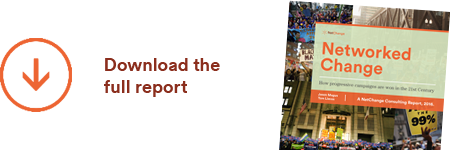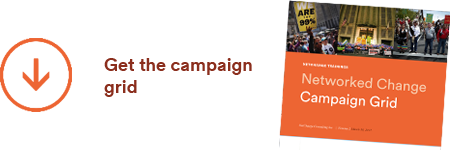I recently attended a workshop that was part of the User Experience Intensive put on byAdaptive Path here in Vancouver. Day three of a four-day intensive, it was all about Interaction Design, a relatively new field that draws on the information architecture, communication (or graphic) design, user-experience design, and usability engineering, among others. As I learned, the point of interaction design is to create better experiences by better designing how people interact with things—cars, cell phones, coffee makers, or websites. The ultimate goal is to improve how people are able to interact with each other through these products.
Interaction design has been in practice since prerecorded history, probably starting around the time that Native Americans used smoke signals to communicate over long distances. Its principles have been employed through centuries in other fields such as communication and industrial design, though it has only recently emerged as a formalized discipline.
Of course, not every organization needs a specialist working as an “interaction designer”, often one person plays the role of several different disciplines, shifting back and forth as required. At Communicopia, my role as “Web Designer and Developer” is somewhat of a shifting role, in which I wear many hats depending on the nature and needs of a given project. My job is to incorporate interaction design principles into what I do to ensure that your viewers have the most pleasant experience on your website, so that they are able to understand your mission and access information relating to your cause, take action on your site, and help you connect with your audience and change the world.
A website that embodies good interaction design and that creates an enjoyable and fluid experience for your audience is trustworthy (you wouldn’t use a cellphone that only occasionally rings when someone calls); appropriate to the situation, context, and culture of your audience; smart enough to do things for us that we can’t easily do alone, and to prevent us from making unnecessary mistakes or from working harder than we need to; responsive, showing us that it hears our every action; and clever, predicting the needs of your audience and then fulfilling those needs in unexpectedly pleasing ways.
Dan Saffer, the presenter of the workshop and author of Designing for Interaction, tells a story of a person who has a bad day (all before he even gets to the office) because of a series of unfortunate events involving alarms that didn’t go off and coffee makers that didn’t make the coffee, that all could have been prevented by better interaction design. Your website is much the same—it is an experience that can be engaging and delightful, or leave your audience frustrated and confused, often caused by poor interaction design. The navigation may confuse them and they may think it’s supposed to work one way, only to find that an expectation set on the home page doesn’t hold true on interior pages, leaving them wondering if the site’s broken or they just don’t understand.
At the end of the day, visiting a website is an experience—it has an emotional tone, and a frustration level. The more painless and enjoyable an experience you can give your viewers, the more likely they are to find the information and take the desired actions, and ultimately return to your site. Much in the same way that poorly organized information architecture can deter viewers from really accessing what you want them to, so can poor interaction design cause them to either go elsewhere, or get really frustrated and give up.
Ultimately, we’re trying to create the most smooth and pain-free experience for your viewers on your website, so that they can connect with each other, access information, and take actions on your site that really benefit your organization, society, and Earth. In the words of Dan Saffer, “Interaction design is about facilitating interactions between people in richer, deeper, better ways—that is, finding new ways to better connect human beings to one another, and by doing so, make the world a better place to live.”









